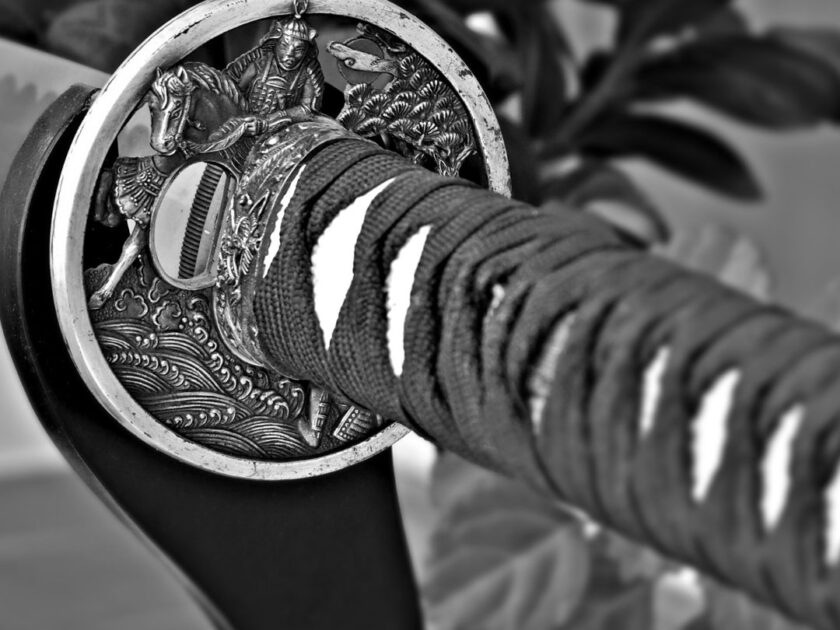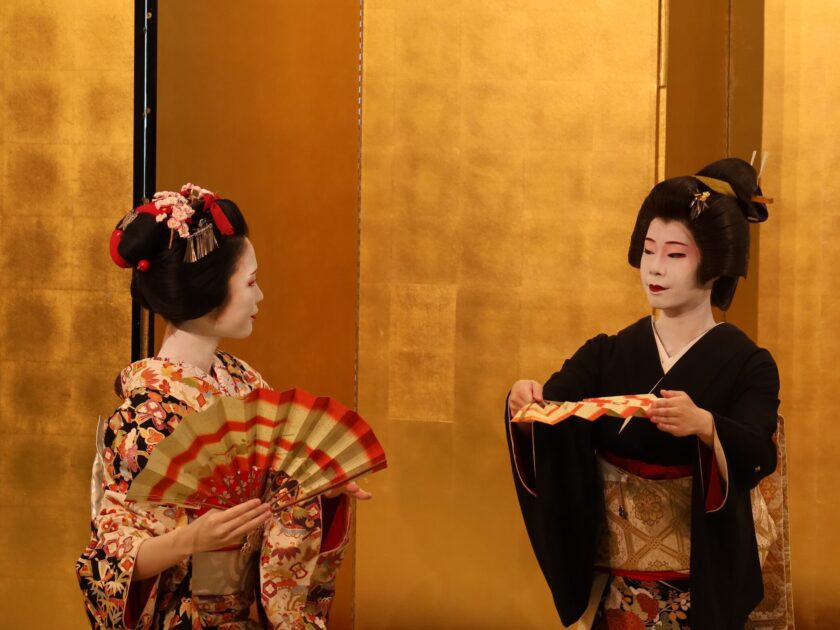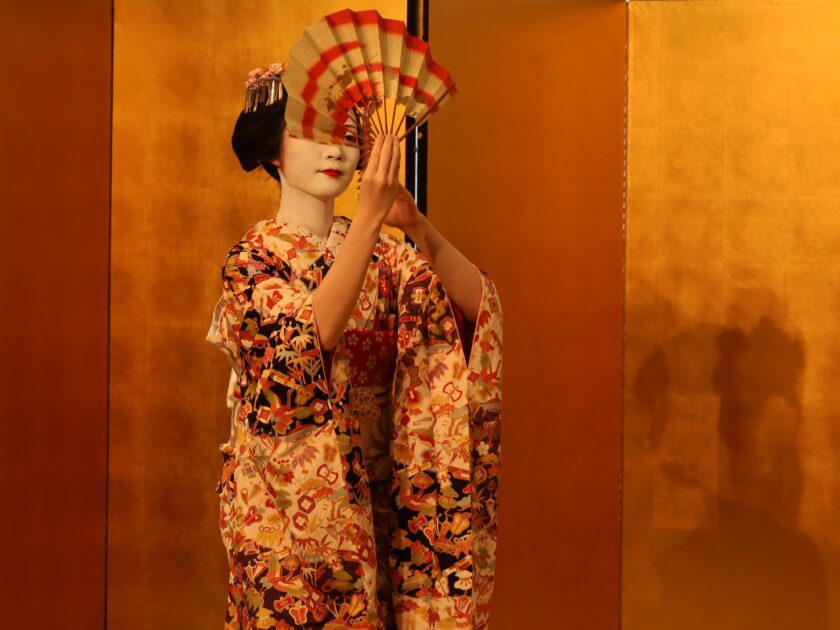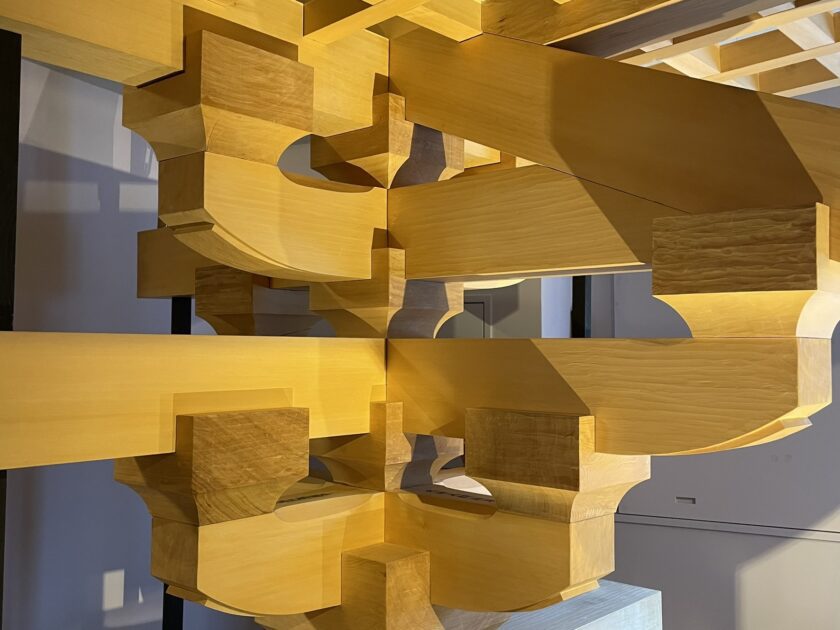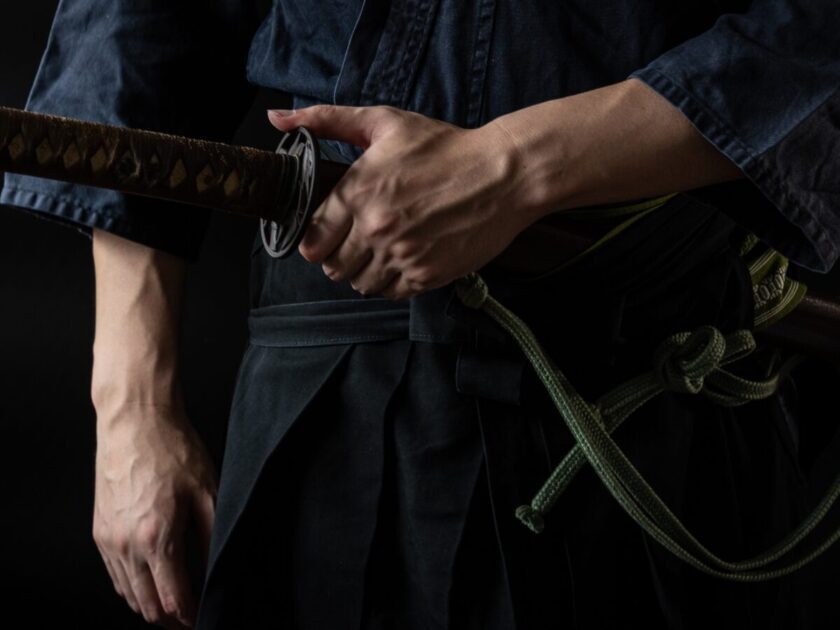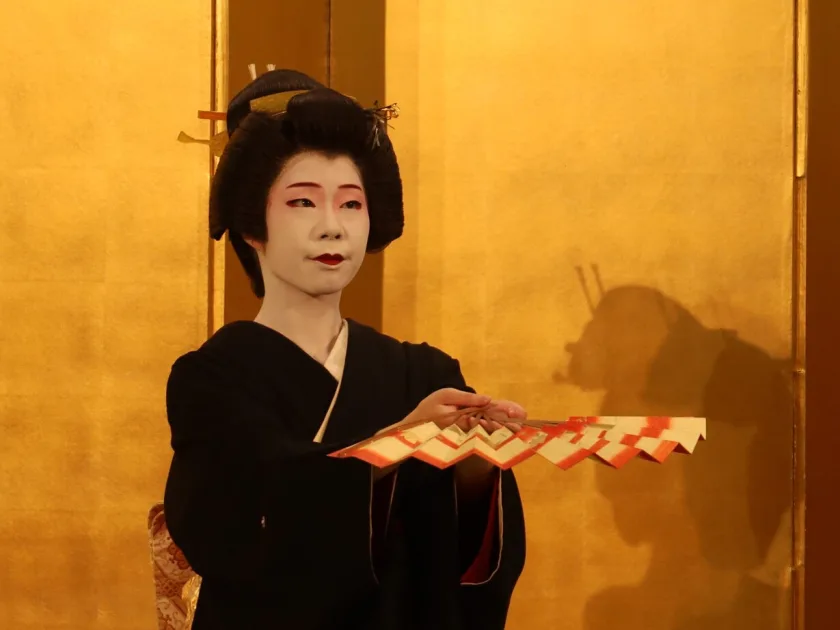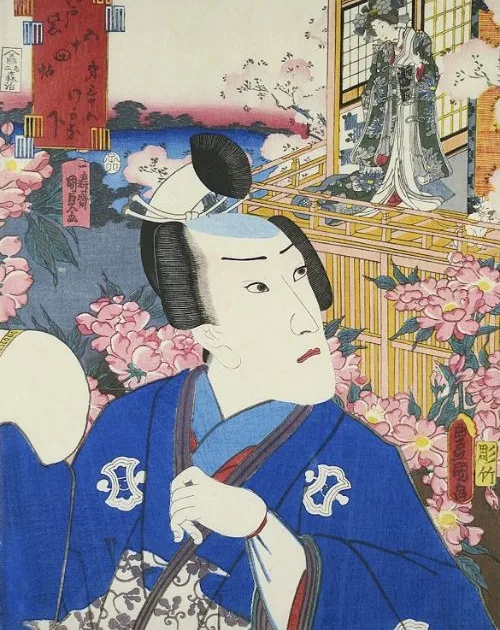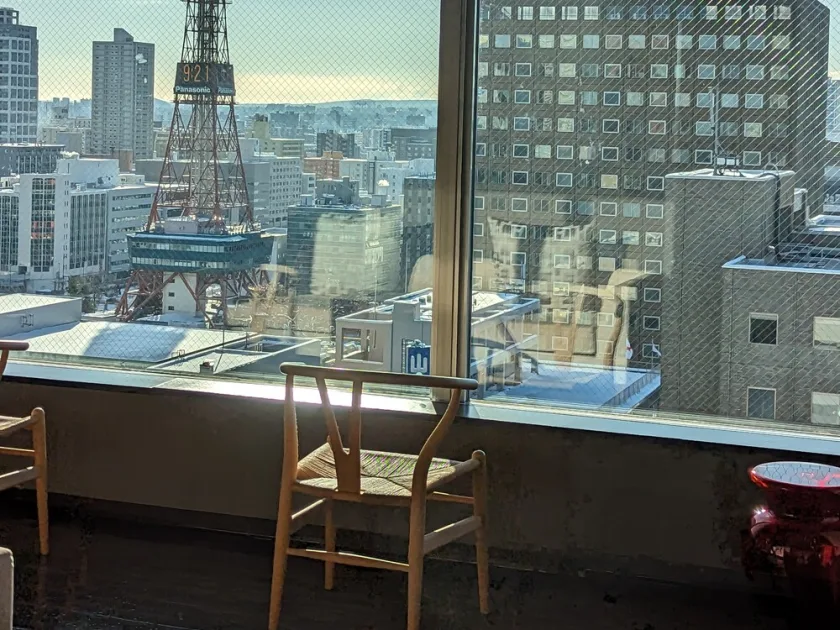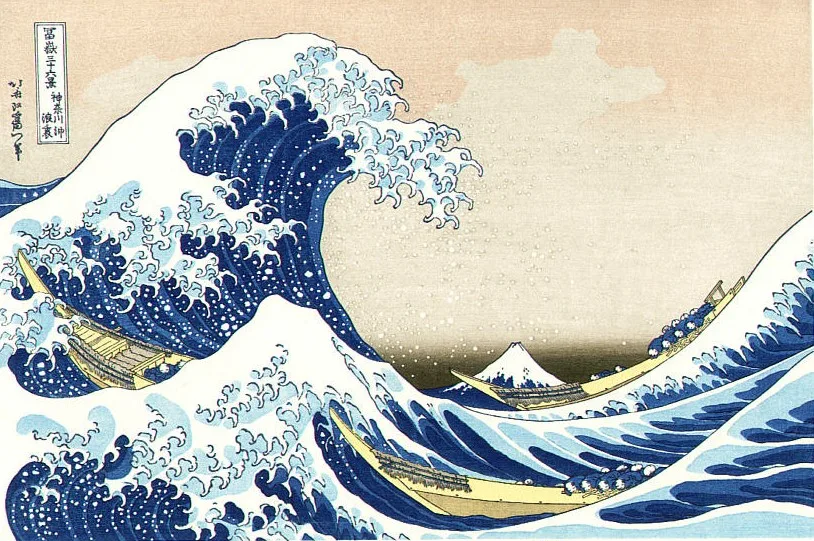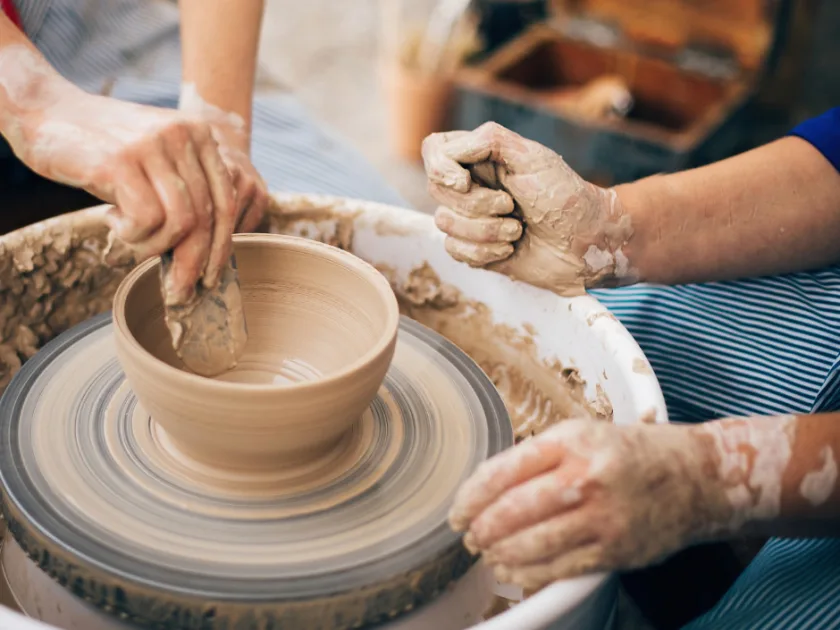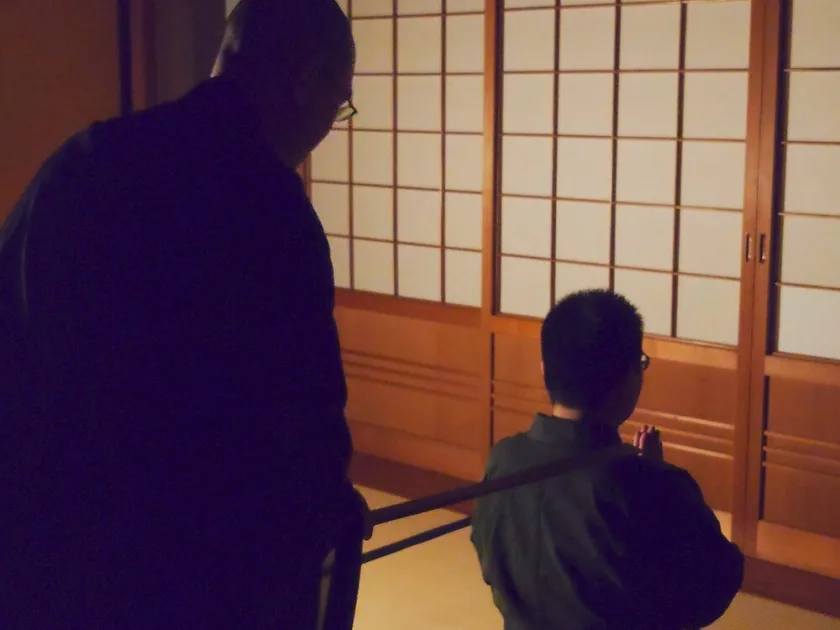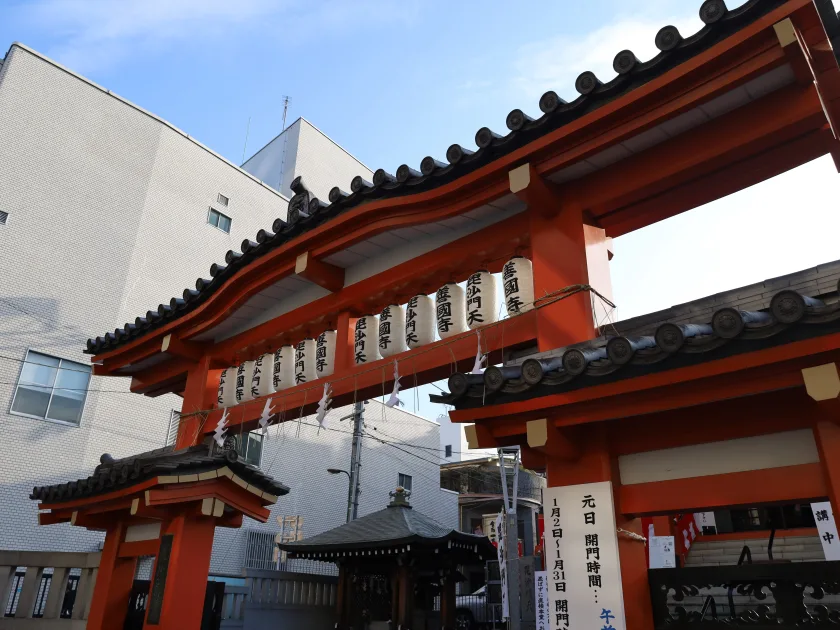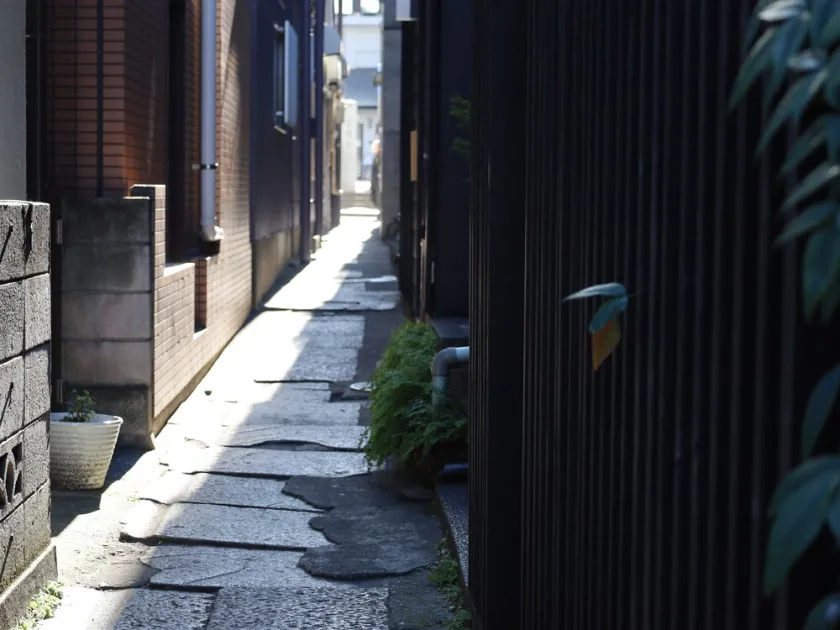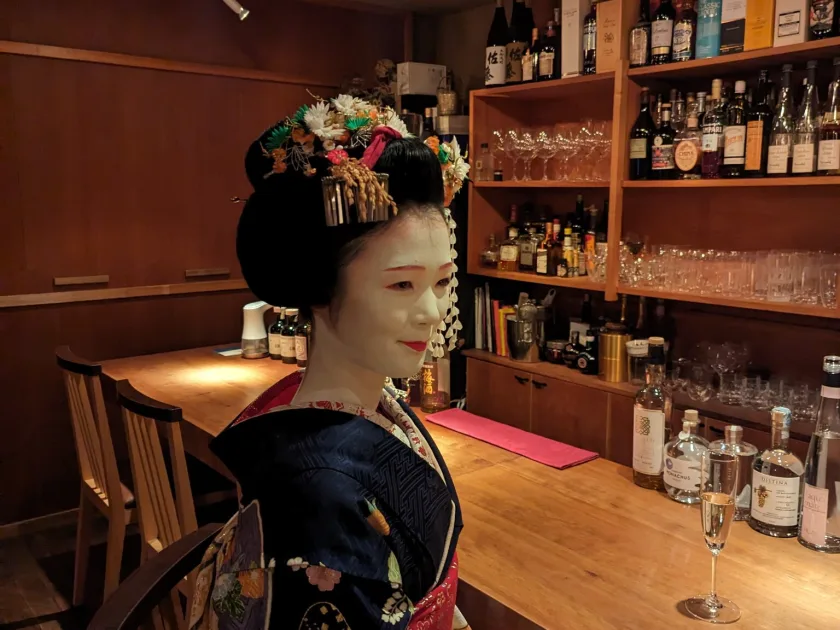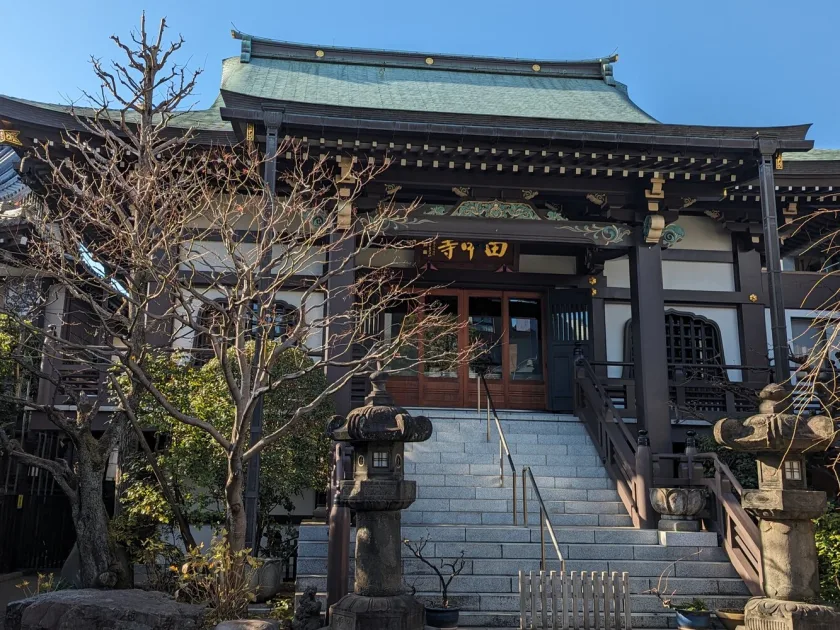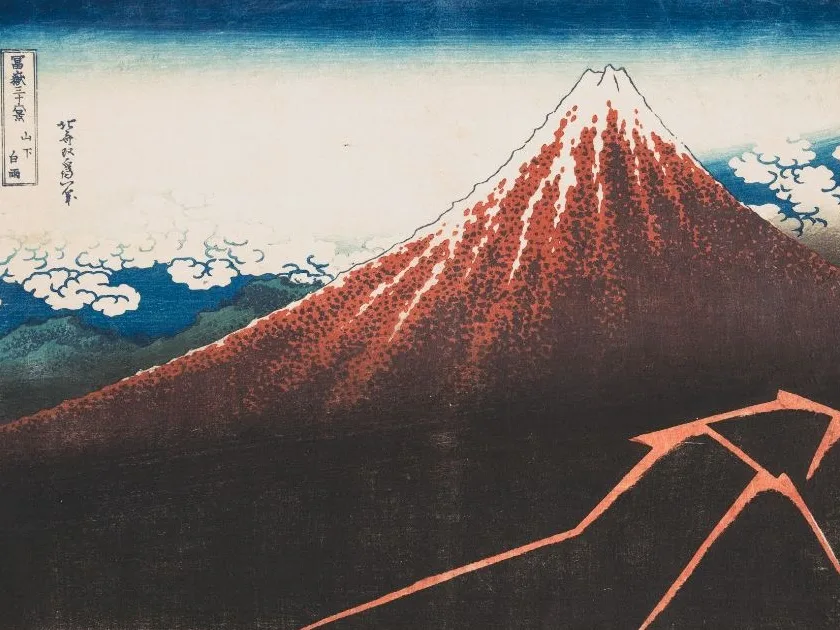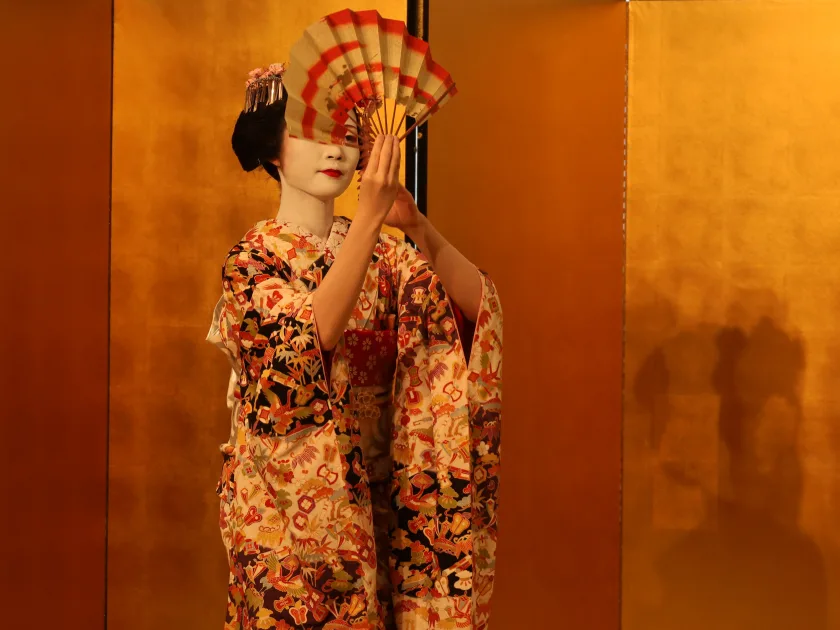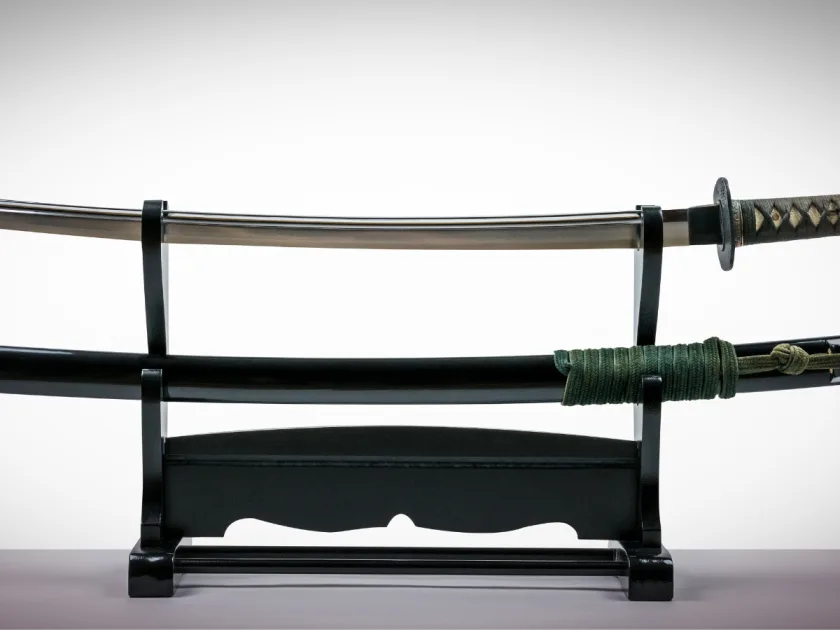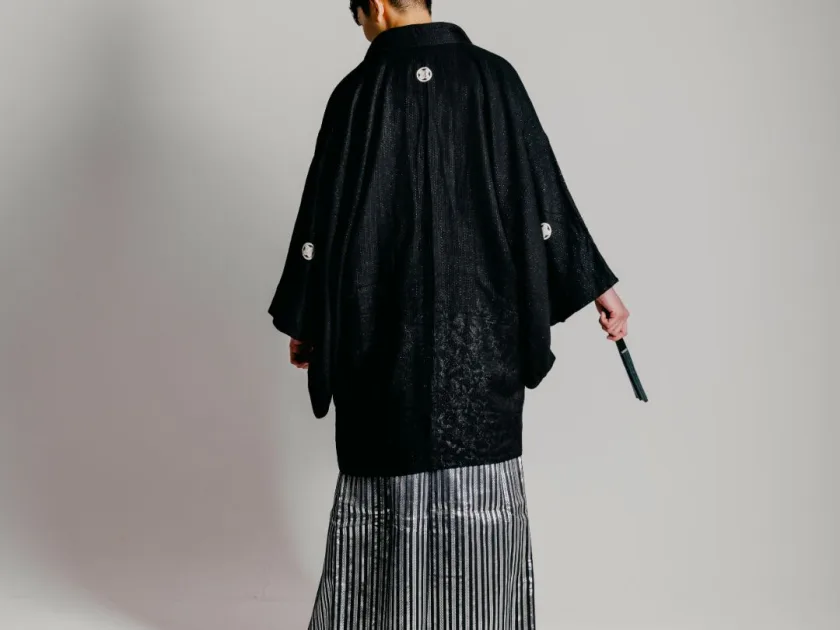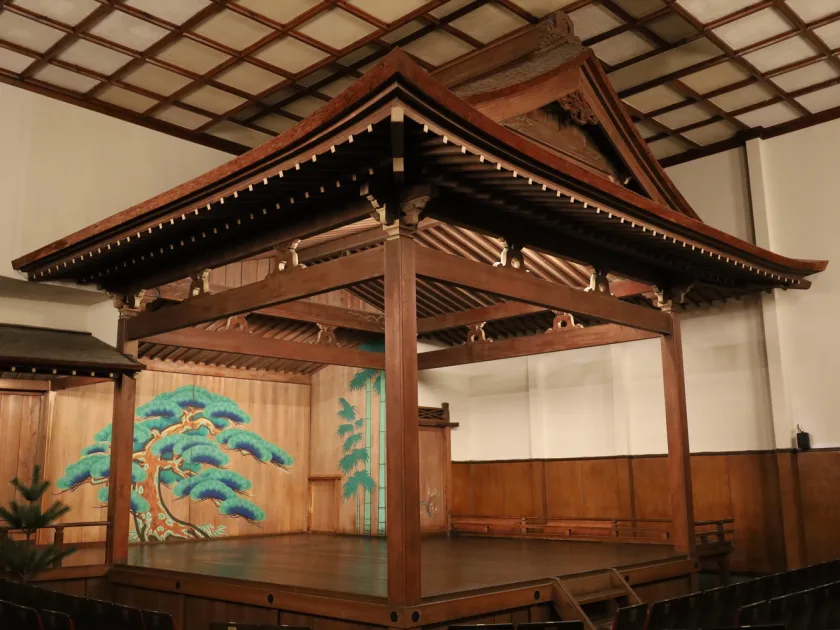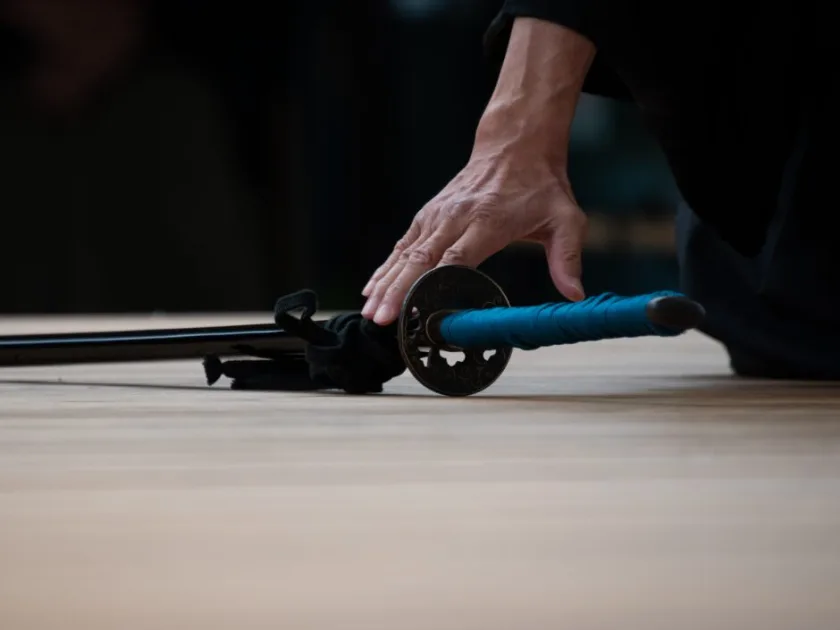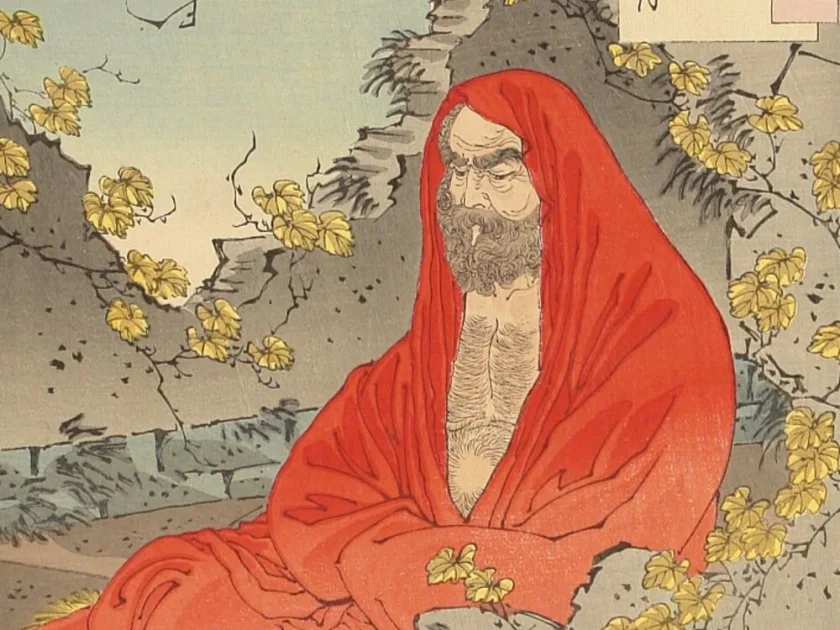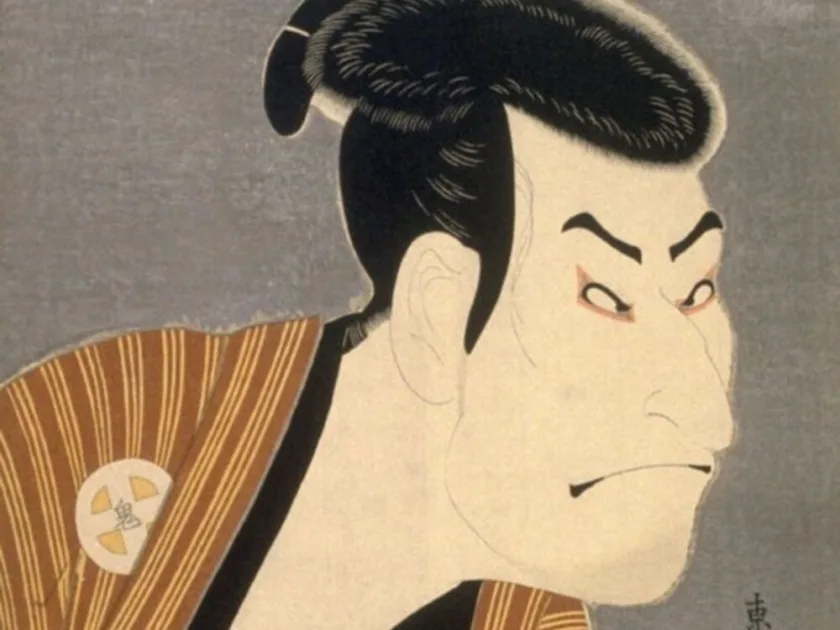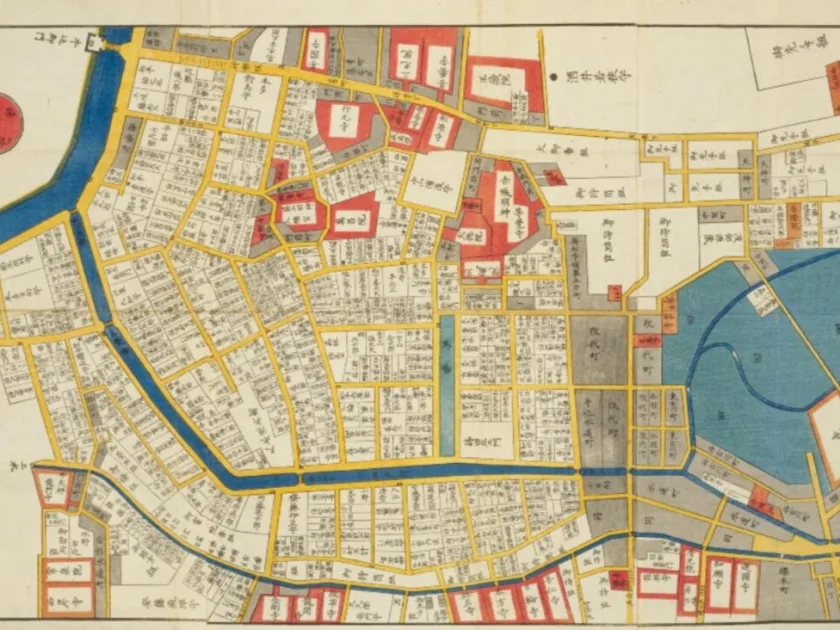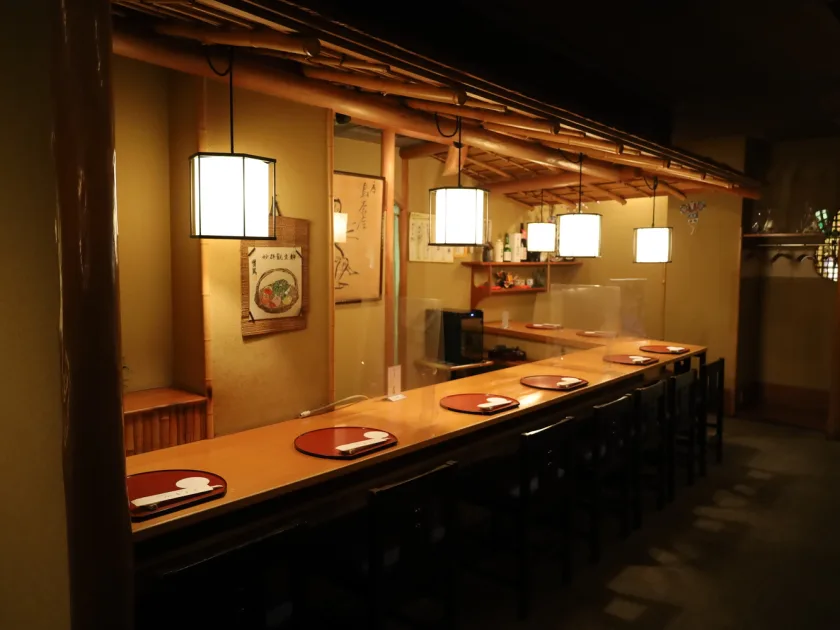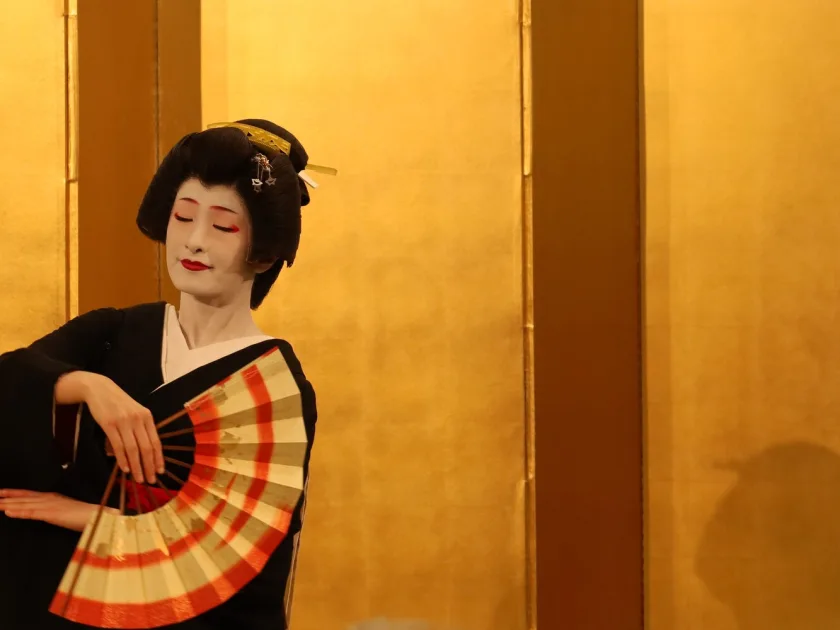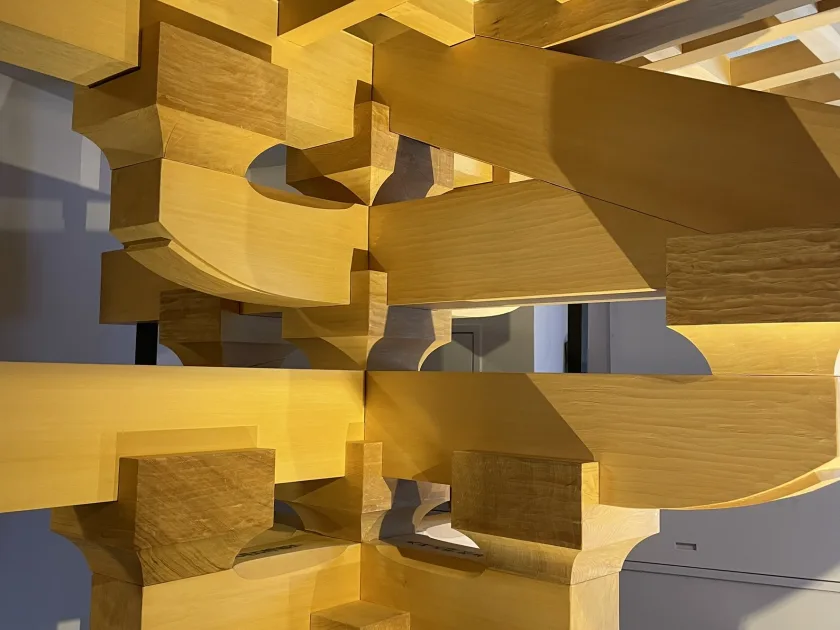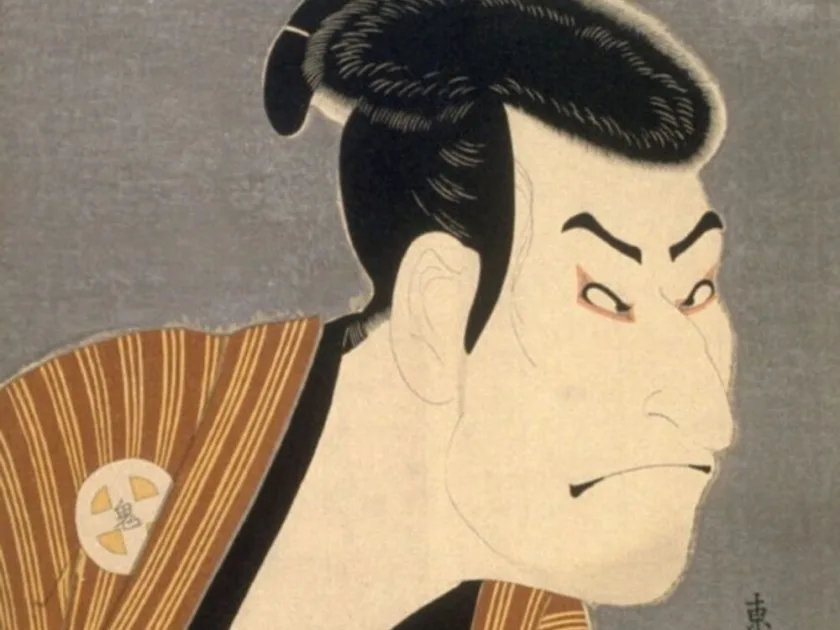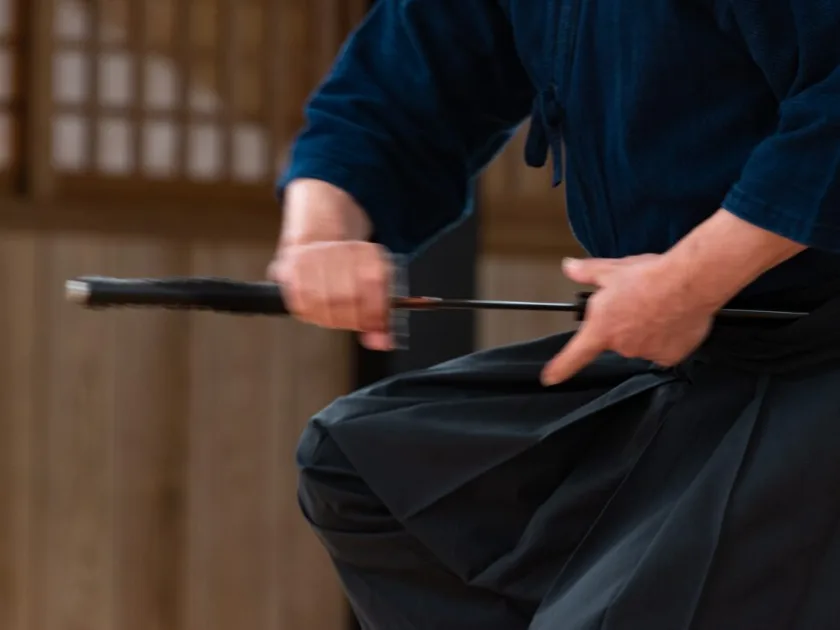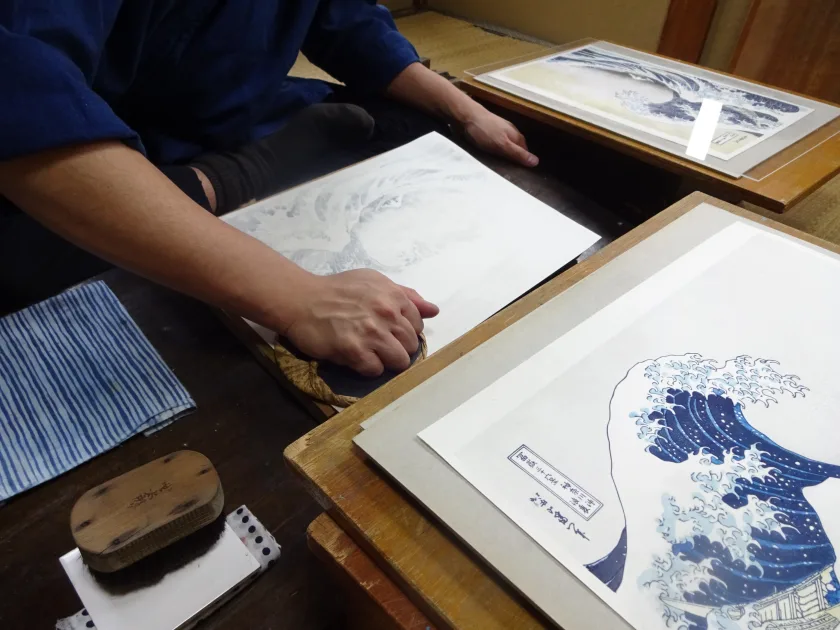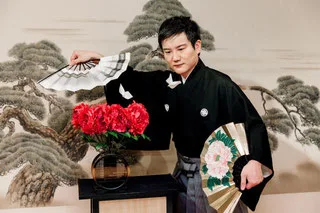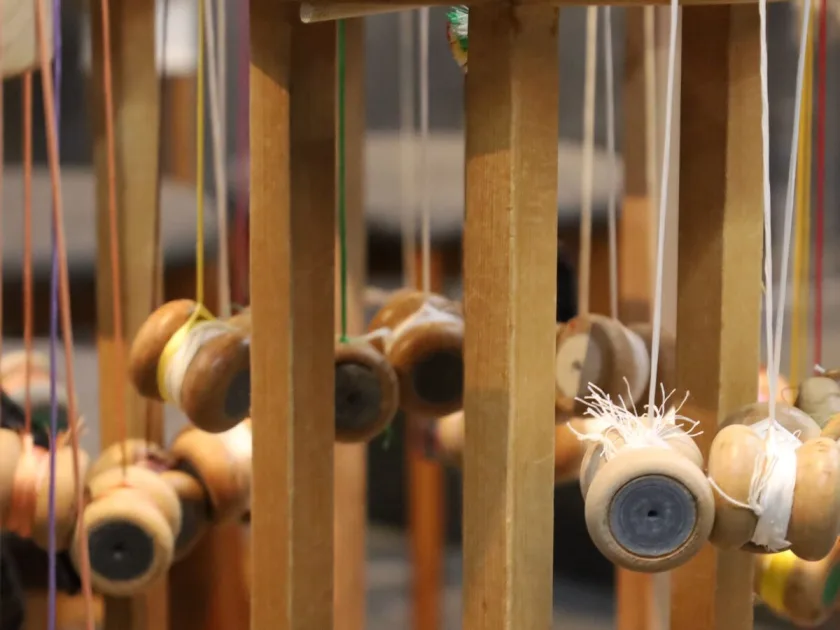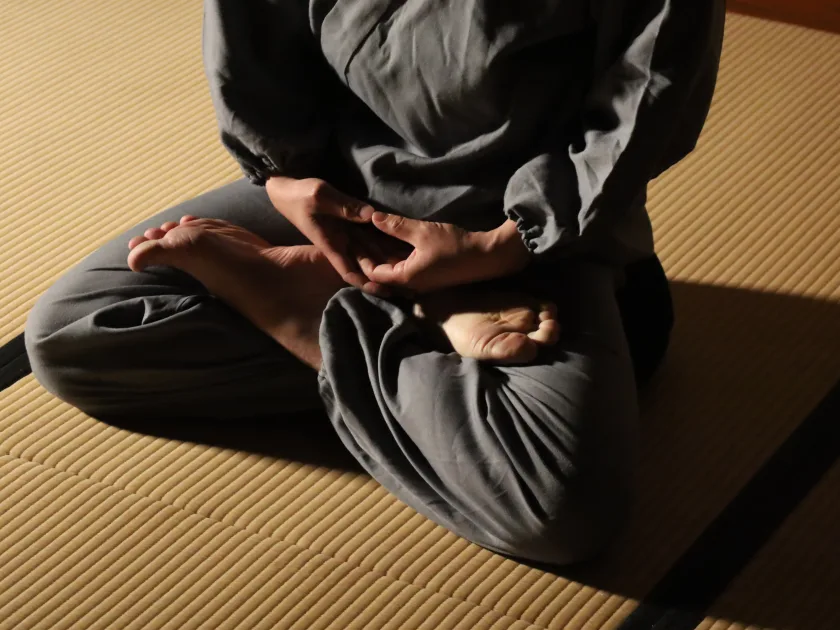Did You Know Kagurazaka Was Built for Shogun Tokugawa Iemitsu?
Did You Know Kagurazaka Was Built for Shogun Tokugawa Iemitsu? Kagurazaka was constructed in 1636 as a 12-meter-wide street named Onaridori, designated specifically for the passage of the Tokugawa Shogun. This street, now known as Kagurazaka, was made for the third Shogun, Tokugawa Iemitsu. Before Kagurazaka’s construction, the main route was along Karuko-zaka, which runs parallel to Kagurazaka. Karuko-zaka was an ancient path of the Kamakura Kaido, a road leading to Kamakura, also known as the “Old Kamakura Road.” Beyond Karuko-zaka, the “Old Kamakura Road” passed to the east of today’s Shirogane Park, descended Akagi-zaka in front of Akagi Shrine, emerged in Tenjin-cho, and led towards the Joshu Road, among others. Kagurazaka Was Built as Shogun Road Kagurazaka was built as Onaridori because of the vast estate of the Wakasa Obama Domain lord, Sakai Tadakatsu, in the Ushigome area. The route from Sakai Tadakatsu’s estate to the Ushigome gate of Edo Castle became Kagurazaka, the Onaridori. Due to Shogun Iemitsu’s deep trust, Sakai Tadakatsu was granted a vast estate in 1628, covering 43,500 tsubo (approximately 143,800 square meters)—about the size of three Tokyo Domes. Subsequently, Shogun Iemitsu frequently visited Sakai Tadakatsu’s estate, around 150 times, as historical records suggest.

